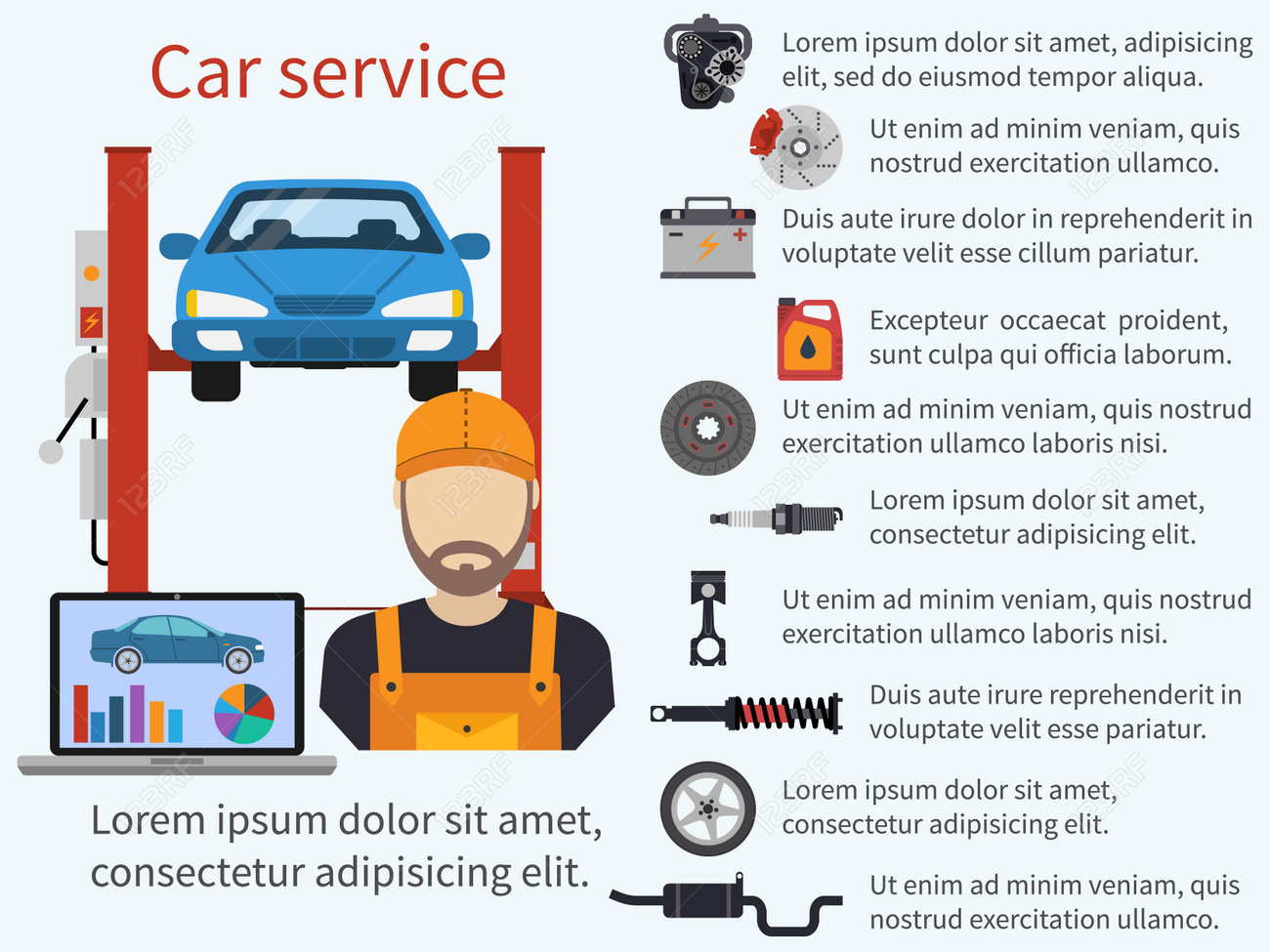Assessing Your Auto'S Caution Indicators: What They Truly Communicate
Assessing Your Auto'S Caution Indicators: What They Truly Communicate
Blog Article
Write-Up Created By-Hartley Winters
When you lag the wheel, those glowing warning lights on your dashboard can be a bit difficult. Do you recognize what they're attempting to tell you about your cars and truck's health? Recognizing the significance of these lights is important for your security and the long life of your vehicle. So, the next time among those lights appears, wouldn't you want to understand its message properly and take the necessary steps to resolve it?
Common Caution Lighting and Interpretations
Identify typical warning lights in your auto and understand their meanings to ensure risk-free driving.
The most common warning lights include the check engine light, which indicates issues with the engine or emissions system. If this light comes on, it's critical to have your car checked quickly.
The oil stress advising light shows reduced oil stress, needing instant focus to prevent engine damage.
A blinking battery light might suggest a malfunctioning charging system, potentially leaving you stranded otherwise dealt with.
The tire pressure monitoring system (TPMS) light notifies you to low tire pressure, affecting lorry security and gas efficiency. Ignoring this might cause hazardous driving conditions.
The abdominal muscle light indicates a trouble with the anti-lock braking system, jeopardizing your capability to quit rapidly in emergency situations.
Lastly, the coolant temperature level warning light warns of engine getting too hot, which can lead to extreme damage otherwise dealt with swiftly.
Comprehending good car wash near me will certainly help you attend to problems quickly and preserve safe driving conditions.
Importance of Prompt Attention
Recognizing the typical warning lights in your automobile is only the first step; the value of immediately resolving these warnings can not be emphasized sufficient to guarantee your security when driving.
When a caution light illuminates on your control panel, it's your car's method of connecting a possible concern that requires interest. Disregarding these warnings can bring about much more severe troubles down the road, jeopardizing your safety and potentially costing you extra out of commission.
Motivate interest to advising lights can protect against failures and accidents. For example, a blinking check engine light can suggest a misfire that, if left unattended, can cause damage to the catalytic converter. Addressing this immediately can save you from a pricey repair.
Likewise, a brake system warning light may indicate reduced brake fluid or used brake pads, critical components for your safety and security when driving.
Do It Yourself Troubleshooting Tips
If you observe a warning light on your dashboard, there are a couple of DIY repairing ideas you can try before seeking professional help.
The first step is to consult your car's handbook to comprehend what the particular caution light suggests. Sometimes the issue can be as basic as a loose gas cap triggering the check engine light. Tightening up the gas cap may resolve the trouble.
Another typical issue is a low battery, which can trigger different warning lights. Checking https://www.repairerdrivennews.com/2021/11/02/lkq-revenues-profits-from-recycled-parts-outpacing-aftermarket-business/ for corrosion and ensuring they're secure might fix the issue.
If a warning light persists, you can try resetting it by detaching the vehicle's battery for a couple of minutes and then reconnecting it. Furthermore, examining your automobile's liquid levels, such as oil, coolant, and brake liquid, can help troubleshoot cautioning lights related to these systems.
Verdict
Finally, comprehending your auto's caution lights is essential for keeping your automobile running smoothly and safely. By quickly attending to these alerts and recognizing what they mean, you can avoid costly repair work and possible failures.
Bear in mind to consult your cars and truck's guidebook for particular details on each warning light and act appropriately to guarantee a hassle-free driving experience.
Keep informed, stay risk-free when traveling!
